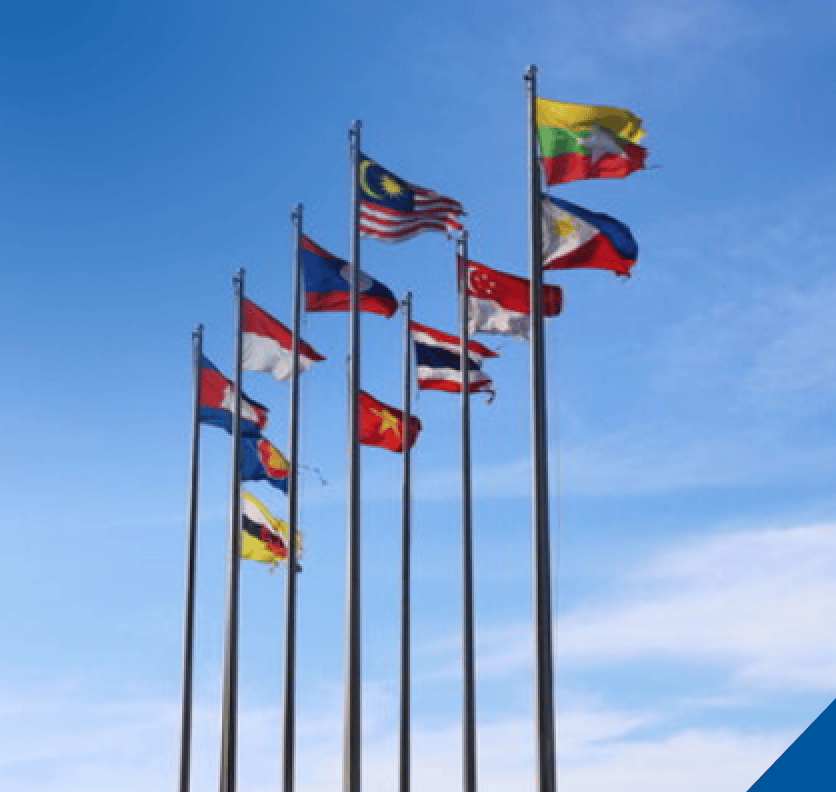[vc_row css=”.vc_custom_1565542682041{margin-right: 0px !important;margin-left: 0px !important;}”][vc_column css=”.vc_custom_1565542696462{padding-right: 0px !important;padding-left: 0px !important;}”][vc_single_image image=”19340″ img_size=”1440X330″ el_class=”banner-event”][/vc_column][/vc_row][vc_row css=”.vc_custom_1565542751414{margin-right: 0px !important;margin-left: 0px !important;}”][vc_column width=”1/4″][/vc_column][vc_column width=”1/2″ css=”.vc_custom_1565622195563{padding-bottom: 50px !important;}”][vc_column_text el_class=”title-event”][post_title][/vc_column_text][vc_column_text el_class=”author-pers”]By Amira Bilqis and Indira Pradnyaswari [/vc_column_text][vc_column_text el_class=”date-venue-news”][post_date][/vc_column_text][vc_column_text el_class=”text-par-news”]
The 28th United Nations Climate Change Conference of the Parties (COP28) in Dubai, held from November 30 to December 12, 2023, stirred contrasting perspectives on global climate progress. Some say it is “the beginning of an end to the fossil fuel” citing the explicit mention of the “transition away from fossil fuels”, while others say that the conference’s ambitions may fall short of true transformation.
As signatories to the Paris Agreement, ASEAN Member States (AMS) arrived at the conferences well-prepared, unveiling the ASEAN Joint Statement for COP28 during the 43rd ASEAN Summit in Jakarta this year. The statement reiterates the commitment to meeting regional targets outlined in the ASEAN Plan for Action for Energy Cooperation (APAEC). These 2025 targets include achieving a 23% share of renewable energy in the Total Primary Energy Supply (TPES), a 35% share in installed power capacity, and a 32% reduction in energy intensity based on 2005 levels.
According to the AMS Target Scenario outlined in the 7th ASEAN Energy Outlook, projections indicate the share of renewable energy in installed power capacity is anticipated to be met by the target year of 2025. Enhanced commitment, implementation, and cooperation are needed to continue this success.
The call from this joint statement was based on the ASEAN energy spirit to address energy security, affordability, and sustainability, which trickled down into ASEAN position as follows: 1) fulfil the regional energy targets 2) the need to hasten the development of low-emission technologies, 3) unlock opportunities and promote cross-border flows of clean and renewable energy. In addition to energy trilemma, these points also aim to enable a just and inclusive energy transition which gained momentum under Indonesia’s ASEAN Chairmanship. The importance of interconnection under the ASEAN Power Grid initiative and the call for an enhanced regional collaborative action was highlighted as the accelerators to achieve ASEAN’s target on a just energy transition.
During COP28, three global commitments related to energy were adopted, emphasising the efforts of renewables and energy efficiency, sustainable cooling, and hydrogen. What are those, and what are the AMS’ stances on these pledges?
First, the most endorsed initiative at COP28 is the Global Renewables and Energy Efficiency Pledge, supported by 130 countries. Four AMS (Brunei Darussalam, Malaysia, Singapore, and Thailand) signed this pledge, supporting a threefold increase in the global installed renewable energy generation capacity to a formidable 11,000 GW by 2030. The pledge further commits to doubling the global average annual rate of energy intensity reduction, pushing it from approximately 2% to an ambitious 4% annually until 2030. It underlines energy efficiency as the “first fuel” in shaping policy, planning, and investment decisions. All signed member states have their respective renewable energy and energy efficiency targets.
Second, as ASEAN considered space cooling the fastest-growing energy use in buildings, five member states (Brunei Darussalam, Cambodia, Singapore, Thailand, and Viet Nam) stepped up by endorsing the Global Cooling Pledge. The commitment entails a collective effort to achieve a substantial 68% reduction in cooling-related emissions globally relative to 2022 by the year 2050. Cambodia and Singapore even have cooling policy namely Cambodia’s National Cooling Action Plan and Singapore’s District Cooling Act.
Last, underlining the significance of global collaboration and recognising the burgeoning potential of low-carbon hydrogen and its derivatives, three AMS (Brunei Darussalam, Malaysia, and Singapore) signed the Declaration on Hydrogen and Derivatives. They support the establishment of mutual recognition of certification schemes through a groundbreaking letter of intent. This initiative signals a shared commitment to harnessing the emerging possibilities of low-carbon hydrogen for a sustainable future. Previously, Malaysia and Singapore launched respective strategy on hydrogen economy.
Beyond the realm of energy-centric commitments, a noteworthy initiative emerged at COP28—the Gender Responsive Just Transitions and Climate Action Partnership commitment. It highlights women’s significant contributions and roles in clean energy transition to be empowered in access to resources, services, education, and training for just and inclusive energy transition. Although none of the AMS officially signed this pledge, the collective effort toward this shared ambition should not be undermined. The commitment to advancing gender-responsive and inclusive practices in the journey towards sustainable energy remains a crucial and integral aspect of the broader energy-climate action narrative.
Furthermore, AMS has stepped forward to showcase their individual commitments. For example, Cambodia’s environmental minister announced commitments at COP28 where four out of seven points dedicated to energy sectors, namely phasing away 700 MW coal-fired power plants (CFPP) to LPG, construction of dams to generate 1,000 MW by 2028, increasing the use of renewables by 70% by 2030, and banning CFPP construction in Cambodia and hydropower across Mekong River. In the financial aspect, Singapore announced the Singapore-Asia Taxonomy, led by the Monetary Authority of Singapore (MAS), which regulated eight emission-intensive sectors to reduce greenwashing. In terms of planning, Viet Nam exhibited a Resource Mobilisation Plan on how the country uses the $15.5 billion Just Energy Transition Partnership (JETP) funding. Meanwhile, through its state-owned electric utility company, Indonesia strategically signed 14 deals focusing on developing renewable energy ecosystems, shutting down coal power plants ahead of schedule, and providing worker training programmes.
Another climate initiative has been marked by the establishment of ASEAN Centre for Climate Change (ACCC), to facilitate the work under the ASEAN Working Group on Climate Change (AWGCC) to be headquartered in Brunei Darussalam. It is expected to provide regional cooperation and coordination among AMS and its alignment toward the climate change initiatives through multilateral engagement with relevant stakeholders. The ASEAN leaders also endorsed the ASEAN Strategy for Carbon Neutrality, making it more relevant to synergise the works between the energy-climate nexus.
The commitments made and spotlighted by AMS during the conference pave the way for transformative adjustments in 2024. The ASEAN energy sector is at a critical intersection where APAEC will enter a new phase in the next decades (2026-2035). Mainstreaming the forthcoming global energy trends (e.g., carbon neutrality by 2050) may include those made from COP28 and just energy transition into the discussion in 2024, when the Drafting Committee of APAEC once established.
Picture credit: UN-iLibrary (https://www.un-ilibrary.org/content/cop28/s) and International Maritime Organization (IMO) (https://www.imo.org/en/OurWork/Environment/Pages/IMO-at-COP-28.aspx)
Amira Bilqis is an Analyst at Energy Modelling and Policy Planning at the ASEAN Centre for Energy (ACE) and Indira Pradnyaswari is an Associate Energy Modelling and Policy Planning Officer at ACE/Associate Research Analyst in the ASEAN Climate Change and Energy Project (ACCEPT). The views, opinions, and information expressed in this article were compiled from sources believed to be reliable for information and sharing purposes only, and are solely those of the writer/s. They do not necessarily reflect the views and opinions of the ASEAN Centre for Energy (ACE) or the ASEAN Member States. Any use of this article’s content should be by ACE’s permission.[/vc_column_text][vc_column_text el_class=”photo-caption-news”][/vc_column_text][/vc_column][vc_column width=”1/4″][/vc_column][/vc_row]










